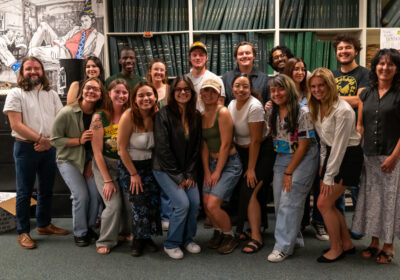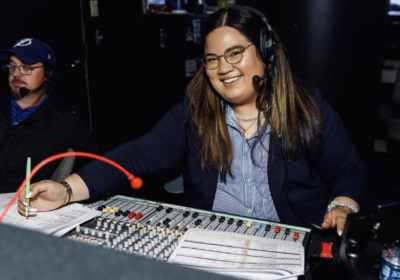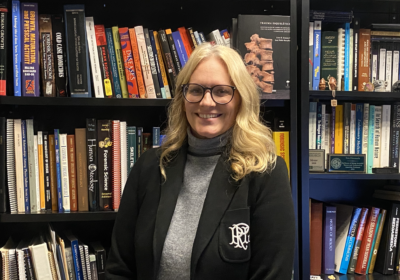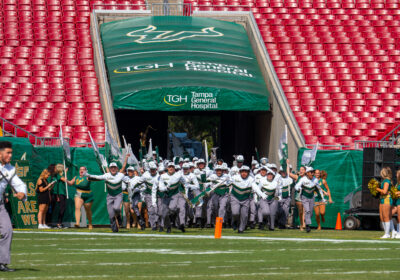Alumnus gets fit with research
Jason Martuscello said he was a “fat kid” growing up.
Now the 180-pound USF alumnus sporting an 8-pack is almost unrecognizable from his former 300-pound frame.
Once he realized he wanted to change his life, Martuscello said he lost almost 100 pounds during his undergraduate studies and got into the best shape of his life while working on research during his master’s degree at USF.
During high school, Martuscello said he began to notice his weight was causing problems for his social life. He was missing out on dating and one kid even called him names like “Marshmallow Martuscello.”
“After football season was over, I realized this excessive weight was doing nothing good,” Martuscello said. “My social life was a mess, I was getting made fun of and I realized I needed to change.”
As he began his undergraduate studies at State University of New York at Plattsburgh, he stopped eating fast food and started a five-day a week exercise routine at the gym.
“I started seeing a dramatic change in my body. I lost quite a bit of weight right off the bat,” he said. “…I made it a god—n habit. Rain or shine, you name it, and I was there. I wanted to learn everything about it. When I started seeing results, I wanted to learn even more.”
Martuscello said he had very little financial resources to put toward a nutritionist or personal trainer at the time, so he educated himself on what he needed to do to get fit.
Grabbing any health or fitness magazine and talking with people at the gym, Martuscello started losing weight rapidly.
Within his first year and a half, he had a flat stomach and eventually a girlfriend for a brief period of time.
“It was the consistency that was most important,” he said. “Small changes consistently add up over time. That is the difference between a long-term behavioral change and a short-term yo-yo weight loss for people who want to lose weight quick — but that doesn’t work in the longevity.”
Unlike many other weight management programs, Martuscello said he never counted carbs or calories, or stressed about what was right for his diet.
Where most of his meals used to come from McDonald’s or Burger King, after changing his diet, Martuscello began cooking at home more and if he had to eat on the go, he switched to Subway or Quiznos.
“If I put two foods in front of the general population, whether a greasy burger or a fresh sandwich, they can make a judgment and know which one is healthier,” he said. “It’s not rocket science.”
Since making the change to a healthier lifestyle around 2006, Martuscello said he has never stepped foot in a fast food restaurant. In fact, he said he has never cheated on his “common sense” diet.
“If you know what you’re eating, there is no need to cheat,” he said. “Your food should always be tasting good.”
While the new routine of exercise and healthier eating contributed to a majority of the weight loss, it wasn’t until Martuscello began working on research at USF for a master’s degree in exercise science that he said he got into the best shape of his life.
Martuscello’s research focused on something he always wanted to find out for himself. Many magazines and advertisements, he said, always sell gimmicks and tricks to the latest or newest way to get the best fitness results. For his thesis, Martuscello said he wanted to find out what truly worked the best through a holistic approach.
Bill Campbell, an associate professor of exercise science who mentored Martuscello during his master’s program and worked on his thesis committee, said Martuscello’s research was pioneering and progressive to traditional thought of core training.
According to Campbell, traditional exercises to strengthen core muscles usually rely on using body weight, such as sit-ups, crunches or planks.
“What he found was his research really challenged that thought… most exercises that people associate with just strength-training actually strengthen the core muscles more so than what everyone thinks.”
Using a systematic review of almost 100 exercises and 20 academic studies, Martuscello found that “free weight” exercises, such as squats and dead lifts, activate much more core muscles than traditional core exercises.12







